Water scarcity in this century is now inevitable, according to the WHO the total percentage of domestic wastewater safely discharged worldwide after treatment is only 55.5%.
This is a very alarming situation keeping in mind that only 3% of water is freshwater and out of 3%, two-thirds of freshwater is present in the form of ice, which means approximately only 1% of fresh water is available for use worldwide.
Even though water encompasses one-third of the entire world 1.1 billion worldwide lack access to water and a total of 2.7 billion find water scarce for at least one month of the year.
While the deficiency of safe drinking water is occurring to be a serious concern for humankind, several innovations are kept on creating to manage these issues.
The wastewater generated from the residence area is known as domestic wastewater and it makes up 10% of total fresh water. which is a major part of fresh water and which should be considered for the treatment.
The treatment of domestic wastewater is not expensive as compared to the other sectors as the pollution load of domestic wastewater is around 350 -500 mg/l which is easily treatable.
The domestic wastewater treatment process not only generates refined and clean water e.g., patent technology BioTornado domestic wastewater treatment but also has the potential to deliver several other advantages.
Below is a detailed explanation of the benefits of Domestic wastewater, have a look !
- Least expensive: There are vast numbers of expensive domestic wastewater available in the market but you can have the tailored domestic wastewater from the company like BioTornado at an economical price with various capacities.
You can have the best tailored treatment for your house wastewater and you will feel the difference in maintenance & operational cost as compared to other domestic wastewater treatment plants.
- Waste reduction: The efficient domestic wastewater effluent should not only meets the legal permissible limit of discharge but also enables the user to provide with highest quality of discharge so that you can reduce the cost and use it for your Gardener or washing purposes.
- Little maintenance: The biggest concern of domestic wastewater users is the maintenance hassle and additional maintenance cost. The most effective wastewater should have little maintenance with high efficient performance
Now you can relax and have these features from BioTornado wastewater treatment setup at your home.
BioTornado’s team tailored the design for effective use of gravity flow and uses the 8 cameras in each chamber of the treatment plant to optimize the process and provide you with clean water.
There are many homes in rural and urban areas which don’t enjoy the benefits of mains sewage connection or legally bound to have the onsite decentralized domestic wastewater treatment plant.
Whatever the reason you are looking for to have a domestic wastewater plant,you are at the right place to finalize your decision.
Wastewater from homes must undergo treatment as it removes potentially harmful bacteria, toxins, and provides benefits to the environment,overall community health.
Domestic wastewater is relatively similar to industrial wastewater. We will explore how the wastewater management process operates in a domestic setting and explore different processes of domestic wastewater treatment plants.
This will help you to understand the advantages of using these domestic treatment solutions and considerations before installing any domestic wastewater at your home.
What is domestic wastewater?
Domestic wastewater is the water generated from the activity of domestic water like running a tap, flushing a toilet, draining a dishwasher or washing machine, or taking a shower or bath.
This domestic wastewater contains toxic chemicals and different types of pollutants which are very harmful to release without any prior treatment.
There are many domestic wastewater treatment options available in the market, one of the best-selling and highly efficient options is BioTornado which is the number one option for customers because of its exceptional operations and user-friendly design.
Conventional treatment of domestic wastewater: The conventional way of collecting wastewater is through septic tanks, which are usually installed once for the collection of wastewaters, which will be used for the next 10 years or so on.
The Septic tank once filled is dewatered and de-sludge manually but this method is very old and causes major problems like leachate into the ground, affecting the structure of the house and may cause seepage into walls.
The Customers should look for the modern and up to date technology for their house domestic wastewater treatment.
Domestic wastewater treatment process
- Preliminary treatment:
- In this stage there are two steps being carried out and is much more similar to the septic tank operations i.e., screening and grit removal
- Screening: Large objects like sticks, rags, plastics, etc., are removed using screens.
- Grit Removal: Sand, grit, and other heavy materials are settled out or removed using grit chambers.
- The removal of larger objects ensures the smooth operations of domestic wastewater treatment plants ahead.
- Primary treatment:
- Wastewater flows into sedimentation tanks where heavier solids settle to the bottom forming sludge, while oils and grease float to the surface forming scum. These materials are then removed.
- Secondary treatment:
- Biological Treatment: Wastewater undergoes biological treatment where microorganisms break down organic matter. This can be done through processes like activated sludge, trickling filters, or constructed wetlands.
- Aeration: In processes like activated sludge, aeration tanks provide oxygen to support the growth of aerobic bacteria that break down organic pollutants.
- Clarification: After biological treatment, the water is allowed to settle again, and the remaining solids are removed.
- Tertiary treatment (Optional):
- Tertiary treatment may include additional filtration, disinfection, or advanced processes to further purify the water.
- Filtration: Water passes through sand, gravel, or other media to remove remaining suspended particles.
- Disinfection: Chemicals like chlorine, ozone, or ultraviolet (UV) light are used to kill remaining pathogens.
- Disposal or Reuse:
- Treated wastewater can be discharged into water bodies like rivers or oceans if it meets regulatory standards.
- Alternatively, it can be reused for irrigation, industrial processes, or non-potable purposes after further treatment.
- Sludge treatment:
- Sludge produced during the treatment process undergoes further treatment such as digestion, dewatering, and sometimes incineration or composting to reduce volume and pathogens before disposal or beneficial use.
- Monitoring and Compliance:
- Throughout the process, the quality of the water is continuously monitored to ensure it meets regulatory standards for discharge or reuse.
Benefits of wastewater treatment
There are many options available for your domestic wastewater in the market, while considering any options take a look at what actually exceptional domestic wastewater should have
- Cost-efficiency: Domestic wastewater treatment facilities often have cheaper installation and operational expenses. They are also quite long-lasting. Not needing to replace a domestic wastewater treatment for many years is a significant benefit.
BioTorndao team makes sure the installation of domestic wastewater for your home within one day to make sure you do not have any inconvenience with perfect treatment quality which can be used for your greener garden or safely discharged into water bodies
- Environmentally friendly: Domestics Wastewater treatment relies on natural biological processes. This improves drainage and reduces pollutants’ drainage into the environment or waterbodies.
The sludge produced in the treatment of domestic wastewater treatment is very rich in nutrients and can be used as fertilizer, which is significant for soil nutrient enrichment especially significant for local flora and fauna.
- Safety: Domestic wastewater treatment is very essential for homes to remove the hazardous toxins that can cause issues with people’s health and harm the environment.
- When the domestic wastewater is treated with an efficient domestic wastewater treatment plant, these harmful things are taken out from the wastewater. This helps keep people healthy and makes the environment safer for animals and plants nearby.
- Smell: The smells from domestic wastewater treatment plants, especially those near homes, are considerable and have smell issues but by adding an efficient method, users may guarantee that their treatment system fits nicely with its surroundings and avoid the smell problem.
The 8-chamber patent technology with a camera in each chamber offers 98% cleaner water, which exceeds the discharge limit of the effluent. The BioTornado is generally much more sustainable in the longer term than older methods of sewage options in the market.
It not only fully complies with Lithuania’s legal discharge limits but also ensures a high-purity discharge suitable for natural environments or potential recycling for greener spaces.
By using BioTornado, you not only get the water to use for greener spaces but also save 50 % energy-saving by eliminating the pump and sewage removal from septic tanks.
Frequently Ask Questions


